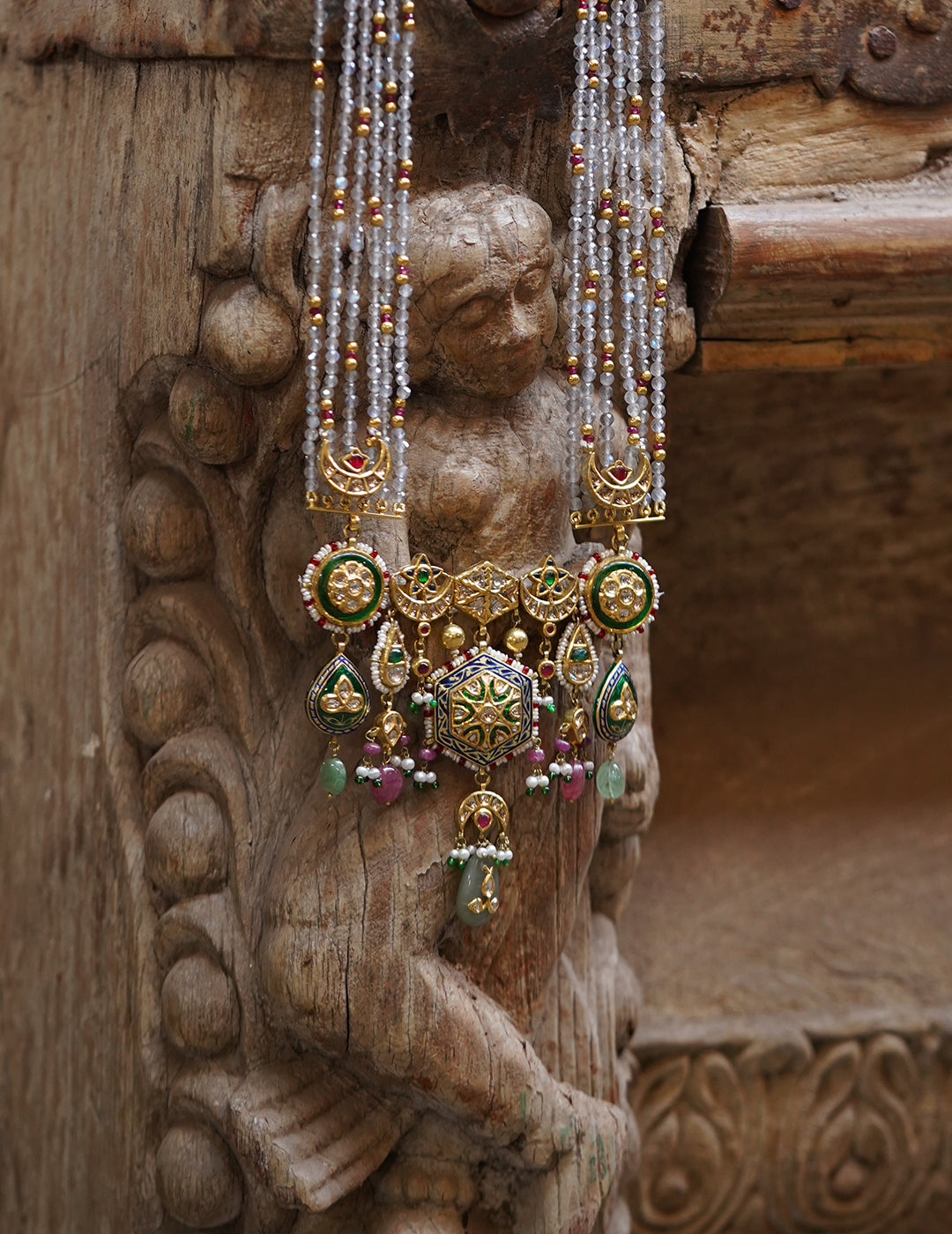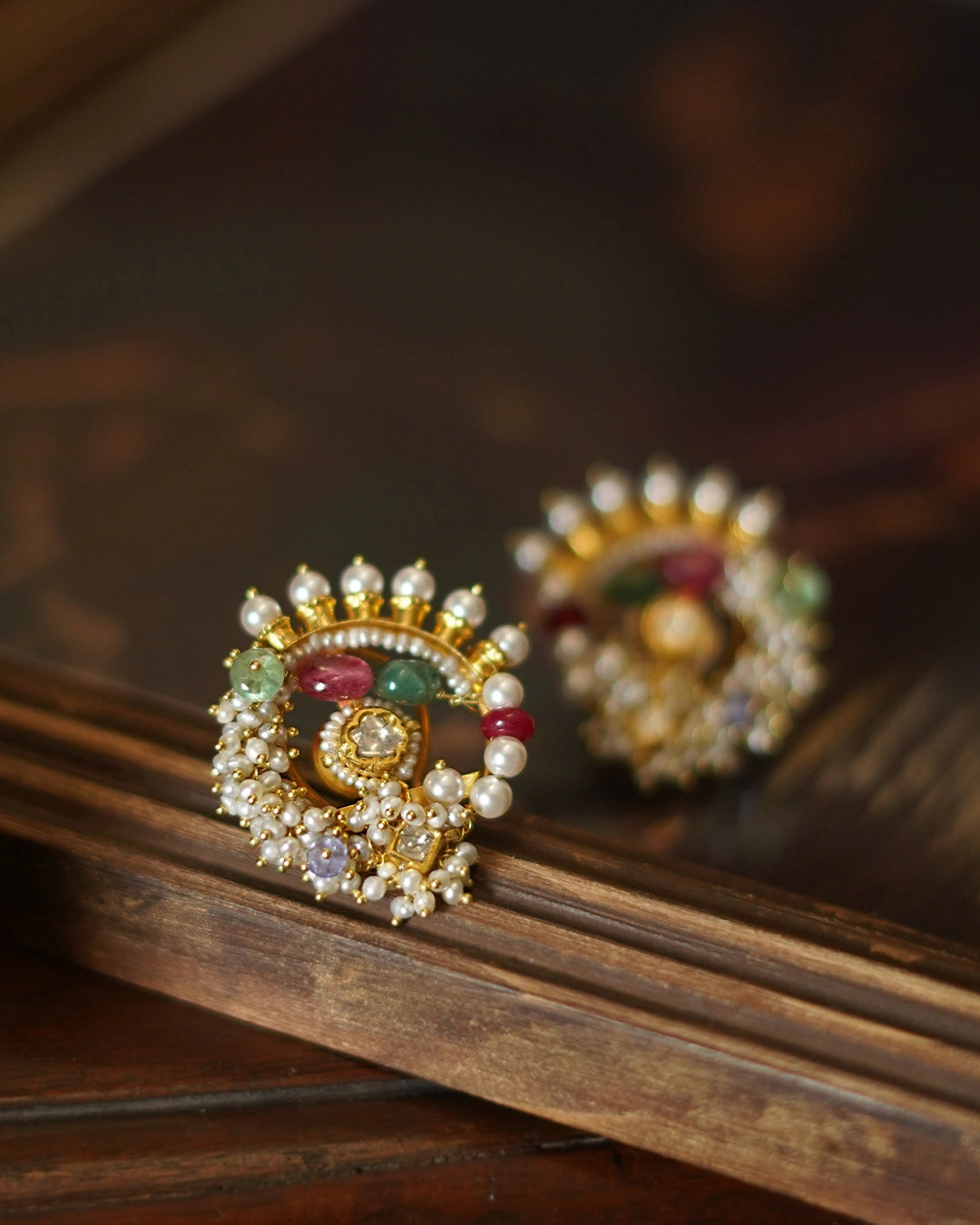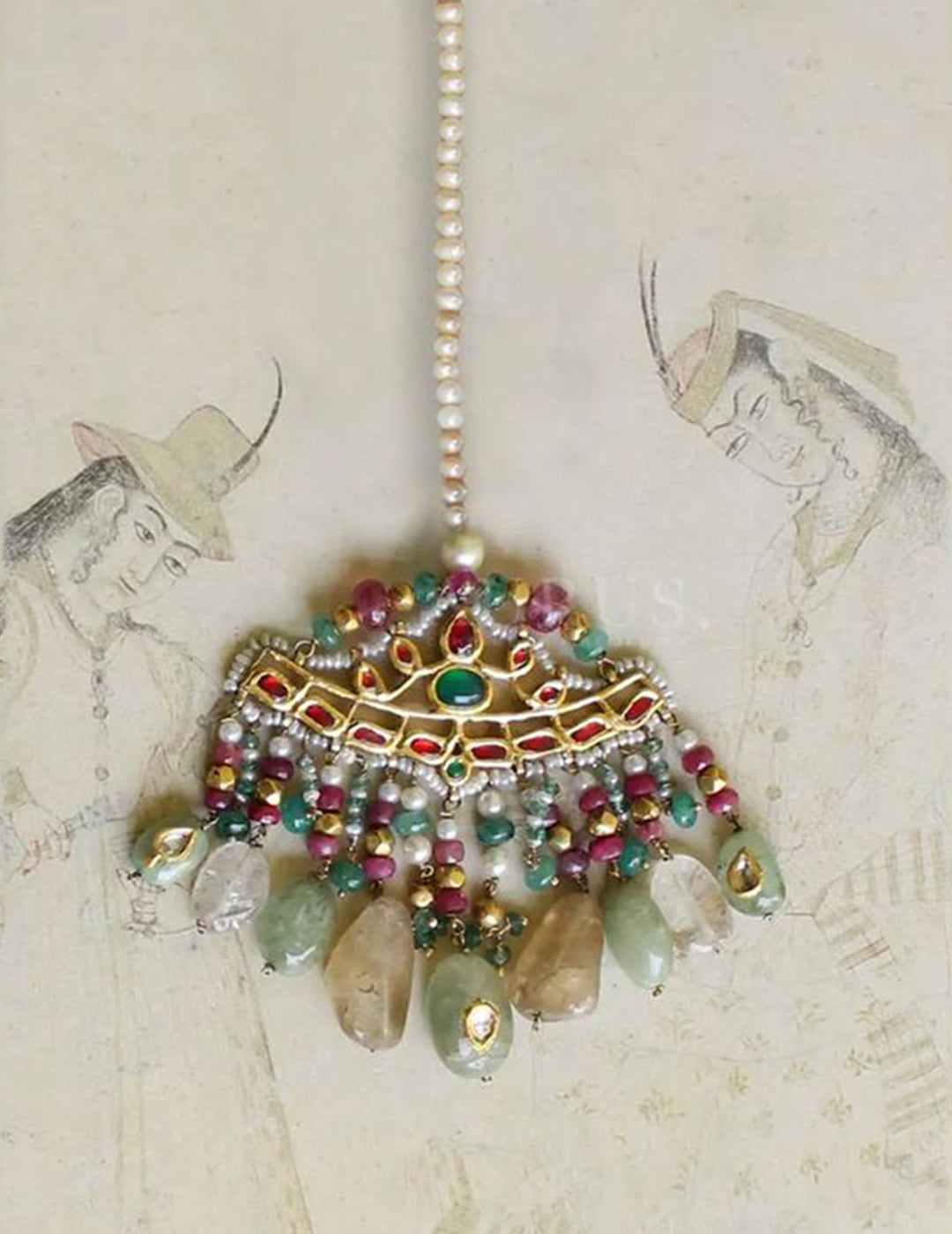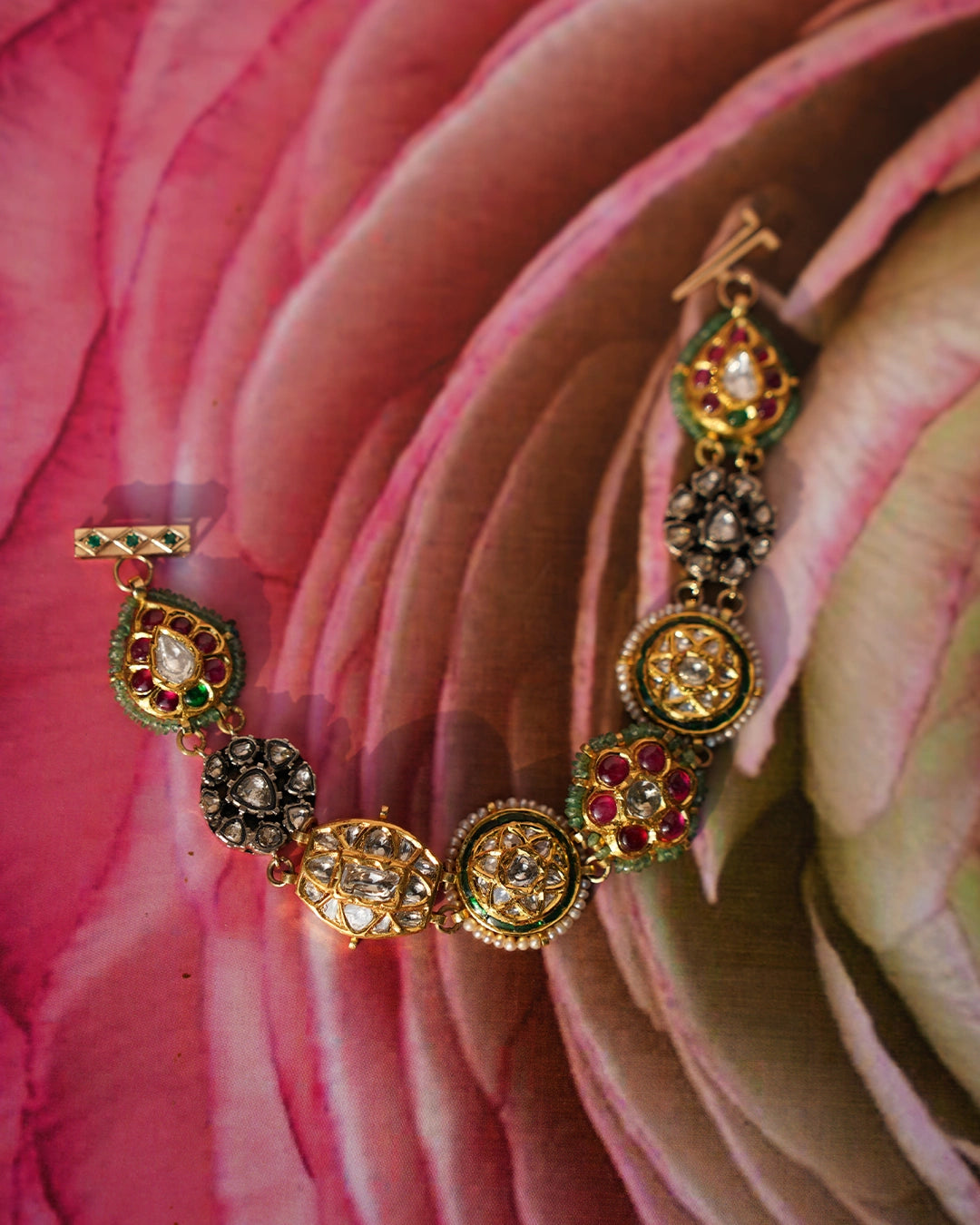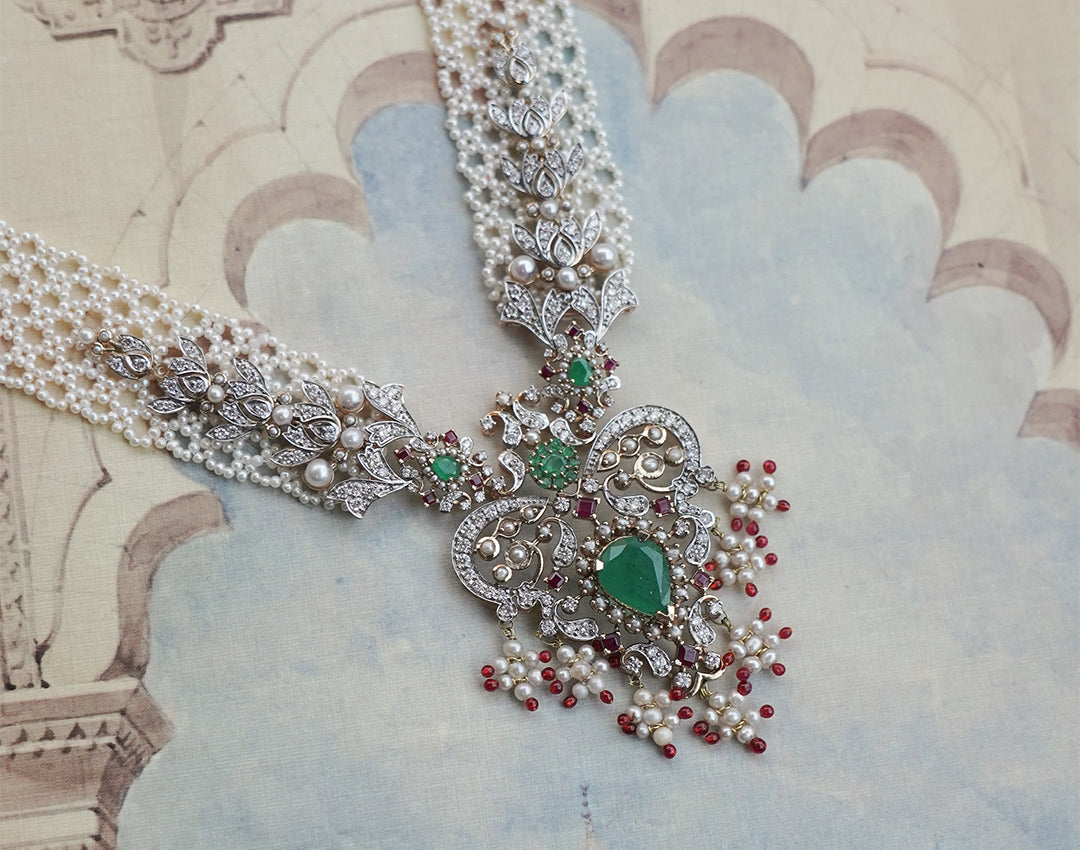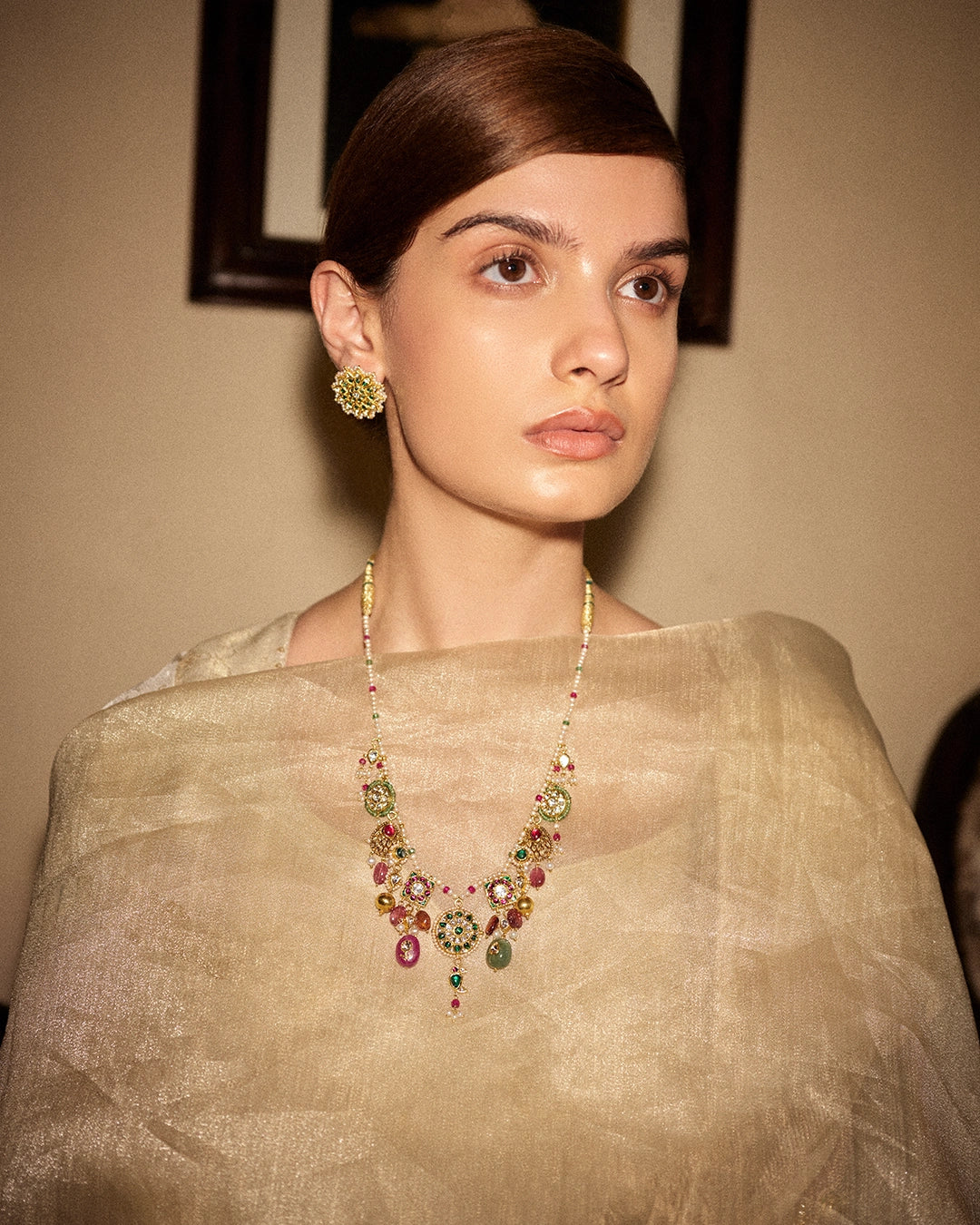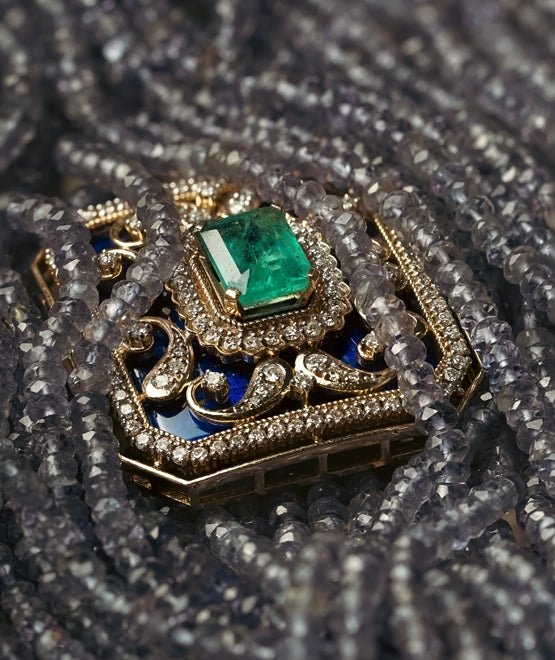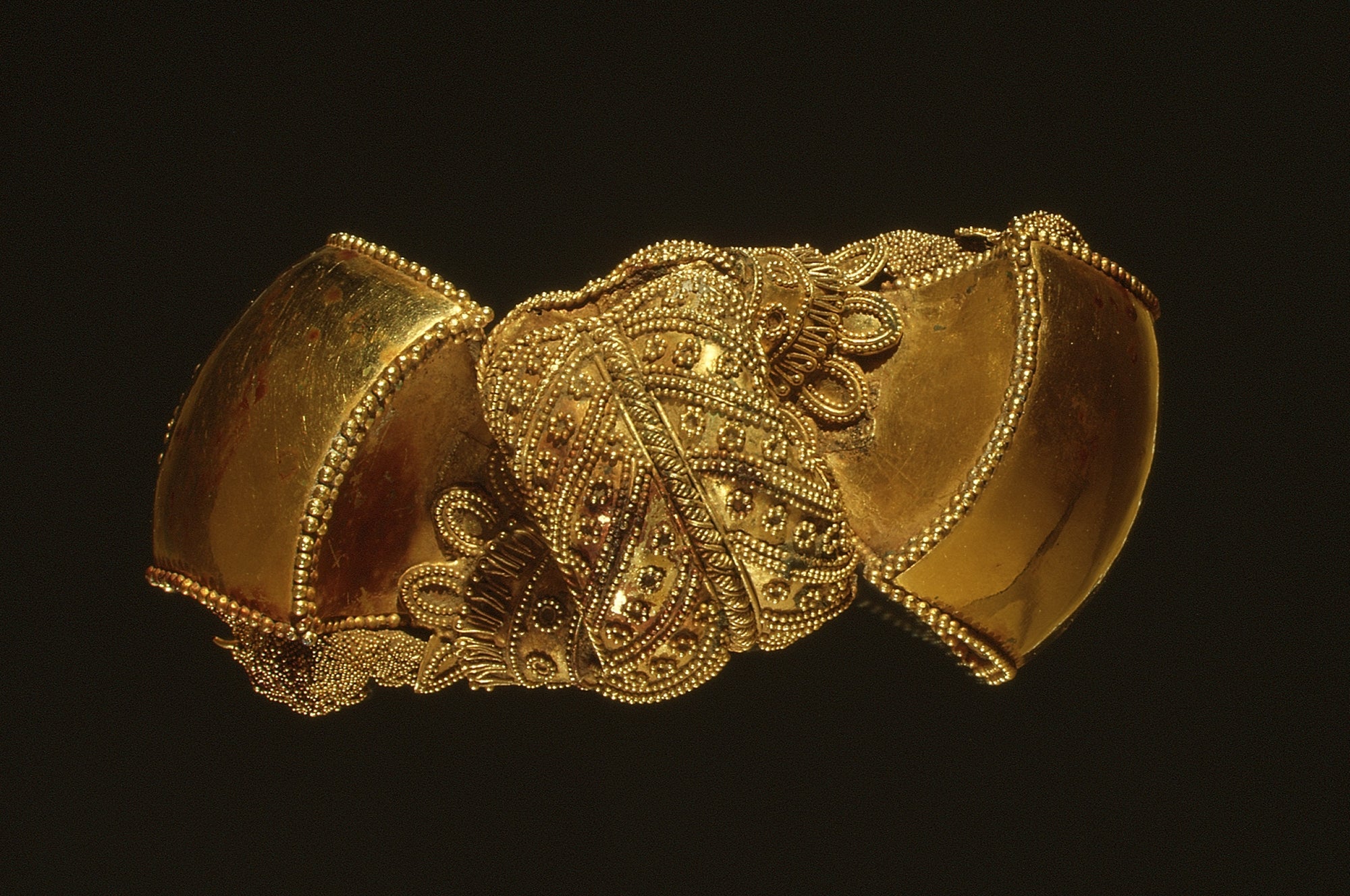Gold has always been prized for its rarity and allure and has been the foundation of many civilizations and economies. It was believed to be the flesh of gods in Egyptian culture and it was believed that wearing gold jewelry could bring them closer to the gods and protect them from harm. Gold was highly valued in Greece and was used to craft earrings, necklaces, and rings. It has been used as a decorative material in arts of various other cultures and to make objects and architecture stand out.
Gold has also acted as an asset that keeps its value during economic uncertainty. It has been used in jewelry making for thousands of years to craft intricate designs for practical and symbolic purposes using various methods.
One of these methods of crafting fine gold jewelry includes the granulation technique which features complex patterns and designs, crafted with incredible skill and patience by placing every single granule precisely and delicately. The small spheres called granules are used to decorate the surface of a jewel.

The granulation, or fine surface texture of minute grains of gold on these earrings, was copied from the Etruscan technique. Although the precise method not mastered by 19th century goldsmiths a similar effect was achieved.
Source and image courtesy: Victoria and Albert Museum
Origin
According to Rutledge, the oldest examples of granulation gold jewelry were first discovered between 1922 and 1934 in the tomb of Queen Pu-Abi in Ur, a city in Sumer, Iraq. The technique, however, is estimated to be around 5000 years old. The granulation on the Sumerian examples was rather primitive, suggesting that they were experimenting with the process. After the city of Ur was destroyed, the technique of Sumerian goldsmiths traveled to western Asia, the Mediterranean, and Turkey, to the city of Troy.
It is believed that around 2000 BC, the Minoan goldsmiths of the island of Crete were using this technique in crafting their gold jewelry. After 400 years, the technique was adopted by the goldsmiths of Greece but died out around 1200 BC. It was revived during the Greek colonization and was shown new horizons by the Etruscans (modern-day Tuscany).
Even though the Etruscans traded luxuries with Greece and Phoenicia (modern-day Lebanon), it is believed that the technique was introduced to them by the Phoenicians while the Greeks were establishing their colonies. This voyage from Mesopotamia to the West is called Ex Oriente Lux, or, the Light Coming from the East.

Etruscan goldsmiths were highly skilled, particularly in their delicate use of granulation (powder-like gold grain) and filigree (fine wires). Motifs such as acorns, lotus, palmettes, spinxes, rosettes were foreign imports. Eastern trade played a decisive role in the economic power of the Etruscans and in their art. In the later period (550-400), Etruscan jewellery is often indistinguishable from Hellenistic Greek works. Through trade they acquired gold, techniques and oriental design motifs. But there were also local types such as the densely decorated bag-shaped (baule) earrings. They are in the shape of a cylinder and surmounted by a semi-circular ornamental plate.
Source and image courtesy: Victoria and Albert Museum
History
During the Early Etruscan (7th to 5th Century BC) and Late Etruscan (400 BC to 250 BC) phases, the technique saw true development and new possibilities. The Etruscans excelled in the granulation process during the early phase and used the technique to depict patterns and scenes with perfect execution. The works of the late phase were rather simple and less intricate which had large areas of sheet gold with no decoration and rare use of gemstones. This change in style was in line with the political and economical decline of Etruria.
When the Etruscan Regolini-Galassi tombs were opened in 1836, Fortunato Pio Castellani, an Italian jeweler, was making archeological-style jewelry based on early Roman excavations using the Filigree gold jewelry-making technique. He was well-known in Roman high society and was invited by authorities to study the jewelry found in the tombs. His sons, Alessandro and Augusto, were also given access to collections of antiques. The sons realized the difference between modern and ancient gold jewelry and how they added detail to the metal rather than deforming it to embellish it.

Portrait of Fortunato Pio Castellani
Image courtesy: Wikimedia Commons
The Revival
As claimed by Cinzia Capalbo in his essay, the Castellanis tried to reproduce the jewelry made by the Etruscans. In order to do this, Fortunato Pio Castellani studied the works of various goldsmiths, including Indians. The Etruscan technique of joining the granules with the metals was unknown, which was the major challenge that Castellani faced. Although he created replicas of the jewelry using his own Granulation Techniques, he spent a huge amount of time trying to figure out the Etruscan method of attaching the granules to the surface of the metal.
They finally uncovered the secret in a small village in the Apennine Mountains, where the jewelry worn by the local women was similar to gold jewelry made using the granulation and filigree technique. Upon discovery, Castellani invited some of the goldsmiths from the village to Rome, who were still skilled in the ancient methods of producing gold jewelry, and reproduced it. It is unknown if they really found out the Etruscan secrets of granulation because they never disclosed it publicly.
The Castellani brothers carried the flame lit by their father. According to Lobortas, Alessandro set up shop in Paris and organized the firm's displays in London and Florence. Augusto looked after the business post-Alessandro’s death and handed it over to Alfredo, his son. As stated by Langantiques, Alfredo documented the progression of Italian goldsmiths into 8 time periods, which was one of the first attempts to divide the history of jewelry into eras. The Castellani’s shut down after Alfredo passed away.
After the Castellanis, it was Henry A.P. Littledale, who discovered a chemical process in 1936 that could be used to attach the grains to the surface of gold. According to Jochem Wolters’ essay and Langantiques, he patented his technique in 1934 and presented his techniques in a lecture titled “A New Process of Hard Soldering and its possible connections with the methods used by the Ancient Greeks and Etruscans”. Although most of his work isn’t in print, it has been used scarcely by modern jewelers to create artistic gold jewelry.
Granulation in the Era of Modern Gold Jewelry

The granulated design on these earings was produced using particles of solder to secure the very small grains of gold. In the 19th century goldsmiths admired the skills of their ancient predecessors. They were especially fascinated to know how the Etruscan goldsmiths created patterns composed of wires and grains applied without any sign of solder.
Source and image courtesy: Victoria and Albert Museum
After the Etruscans, who polished the technique of granulation to a level still unmatched by modern jewelry, it was the Castellani family who revived the lost art and brought it back to the world of gold jewelry. The techniques of granulation that they came up with to create replicas of ancient gold jewelry are still in use. Their work was able to keep granulation and several other ancient techniques alive.
Several granulation techniques are used now to embellish pieces of modern gold jewelry and make them more intricate and unique. The ancient technique has stood the test of time and lives on in the era of modern jewelry as a testament to the skill and craftsmanship of ancient artisans, and as a means for contemporary jewelry designers to create intricate and detailed gold jewelry such as necklaces, earrings, rings, and various other pieces that are both beautiful and unique.




